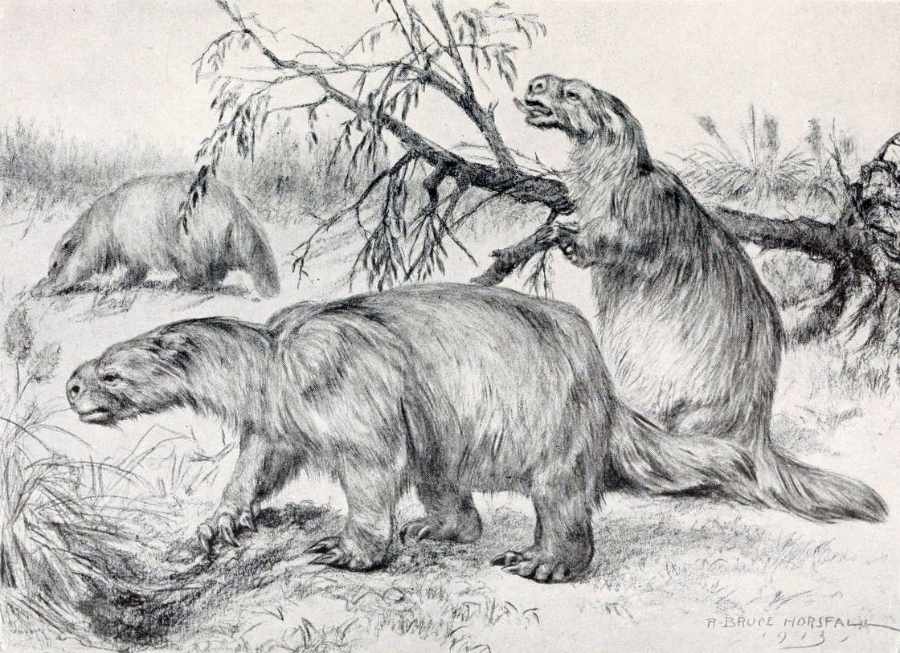In Brazilian folklore, the mapinguari or mapinguary, also called the juma, is a monstrous entity said to live in the Amazon rainforest. Depictions of the mapinguari vary. Sometimes it is described as a hairy humanoid cyclops. Other people claim that it is based on a cultural memory of the giant ground sloth, a long-extinct animal that it is said to resemble. The creature is often said to have a gaping mouth on its abdomen. According to Felipe Ferreira Vander Velden, its name is a contraction of the Tupi-Guarani words “mbaé”, “pi”, and “guari”, meaning “a thing that has a bent [or] crooked foot [or] paw”. Other names which have been said to apply to the same being include the Karitiana kida harara, and the Machiguenga segamai.
| Alias Mapinguari |
| Real Names/Alt Names Mapinguari |
| Characteristics Jungle Action, Monster Mash, Realism and Victorian Age, South American |
| Creators/Key Contributors Unknown |
| First Appearance Brazilian mythology |
| First Publisher ○ |
| Appearance List Les pétroglyphes de La Pedrera, Rio Caquetá (Colombie) (1922) by P. C. Tastevin — early scholarly mention; Dicionário do Folclore Brasileiro (1954) by Luís da Câmara Cascudo; Guide to Mysterious and Legendary Creatures (2003) by George M. Eberhart |
| Sample Read Guide to Mysterious and Legendary Creatures [Internet Archive] |
| Description In Brazilian folklore, the mapinguari or mapinguary, also called the juma, is a monstrous entity said to live in the Amazon rainforest. Depictions of the mapinguari vary. Sometimes it is described as a hairy humanoid cyclops. Other people claim that it is based on a cultural memory of the giant ground sloth, a long-extinct animal that it is said to resemble. The creature is often said to have a gaping mouth on its abdomen. According to Felipe Ferreira Vander Velden, its name is a contraction of the Tupi-Guarani words “mbaé”, “pi”, and “guari”, meaning “a thing that has a bent [or] crooked foot [or] paw”. Other names which have been said to apply to the same being include the Karitiana kida harara, and the Machiguenga segamai. |
| Source Mapinguari – Wikipedia |

